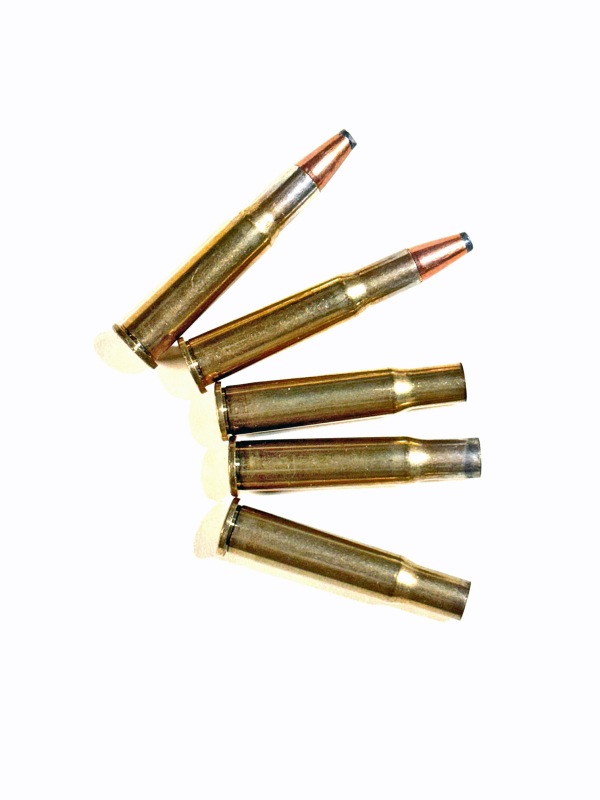
In the latter part of the 19th Century – still in the black powder era -- hunters preferred broad-bullet rifle cartridges. With the extant technology, a thick, heavy projectile gave the user the best chance of taking medium-to-large game. A problem with the technology was distance; the large, heavy slugs propelled by black powder didn’t have lots of velocity, the blunt projectiles weren’t efficient at cutting the air and they were subject to gravity – and wind resistance. While lighter bullets have the same issues to greater or lesser degrees, the smoky old powders of the day gave them no advantage.
Technology waits for no one. Smokeless powder allowed for more velocity, less bulk and promoted smaller bore diameter bullets. Soon, military buyers saw the advantages – starting with France, with Germany quickly picking up the new technology and eventually the U.S. with the 30-40 Krag.
These innovations were adopted between 1888 and 1893. In 1894 Winchester produced a new lever action rifle. Originally chambered for a pair of black powder rounds, in 1895, the M1894 rolled out in the new 30 WCF – Winchester Center Fire.
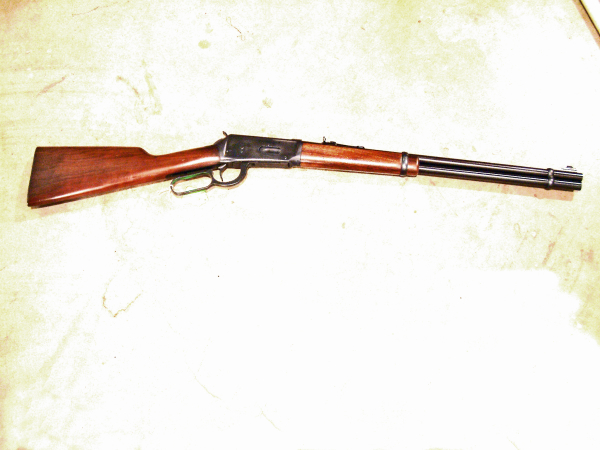
Other ammo companies loading it referred to the new round as the “30-30,” a 30-caliber projectile propelled by 30 grains of “smokeless powder.” This was old-fashioned nomenclature, but it stuck. The round – and the guns chambered for it – are known as the 30-30 to this day.
With it you can expect a 24-inch rifle to generate around 2,300 FPS for a 170-grain blunt-nosed projectile with modern ammunition. As common black powder medium-to-big game rifle rounds of the period likely reached no further than 1,600 FPS, the (1,900 FPS) velocity of the early 30 WCF provided a relatively flat-shooting round out to around 150 yards, with considerable power inside 100 yards.
Carried in the flat Winchester 1894 (and later, in the Marlin 336) lever guns, it was a portable, woods hunting solution that provided more impact than the later carbine-loaded 44 Magnum while giving less recoil that the revolver cartridge in a similar package.
It became a primary woods hunting/farm-and-ranch round, filling so many deer tags early on that both round and rifle are in production today in the 21st Century.
That’s quite a record.
The 30-30 is normally loaded with flat-nose rounds that are not the best for long-distance shooting. The sights on most lever guns are coarse for long distance shooting anyway.
The round has also been popular in Canada, Australia, and New Zealand. The rimmed cartridge, not normally an ideal fit for bolt-action rifles, is fine in lever guns and the round has also been popular in single shot guns.
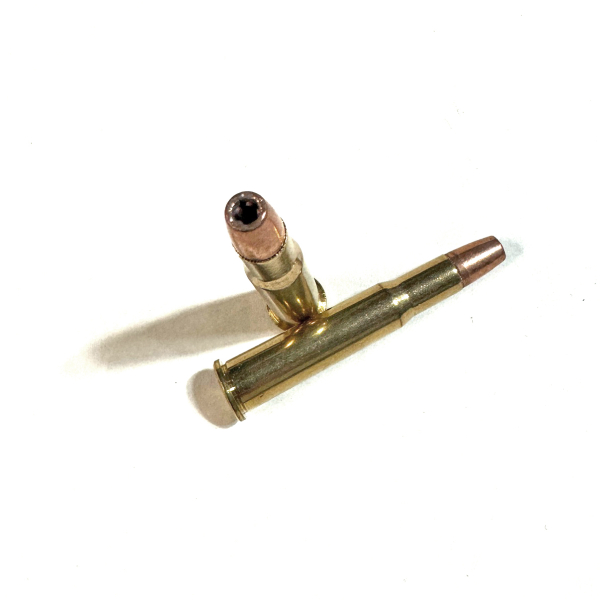
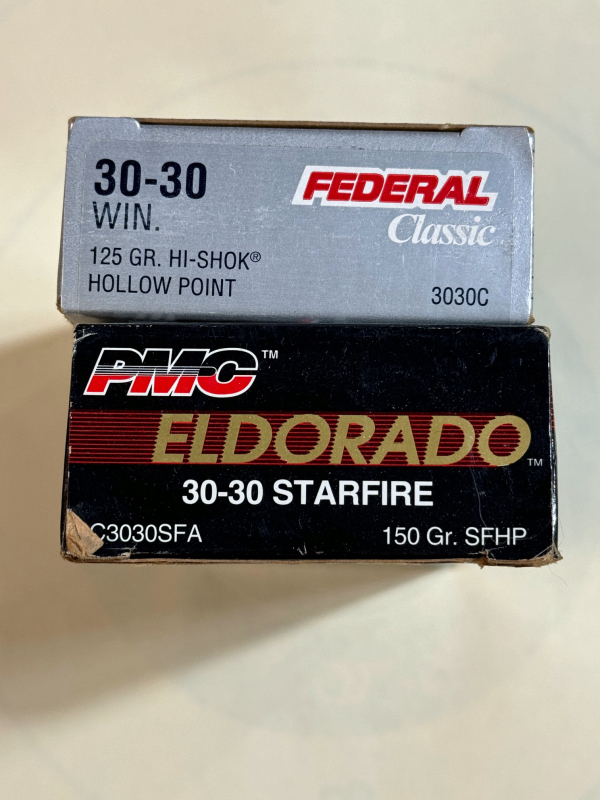
At one time, I reached out to various resources when studying the use of the 30-30 in a lever gun for police use. It wasn’t a reach; the practice had been common in early 20th Century America. As our outfit’s boss thought the cost of surplus SKS carbines (chambered for the somewhat similar (ballistically) 7.62x39mm Sov. Bloc round) was attractive for make-weight patrol rifles, I moved toward either M1894 or M336 rifles for the cars.
It was decried as “old technology,” cowboy guns; I said I’d rather the local jury not see black pajamas, rice paddy hats and such when considering the case of one of our deputies using a rifle. I opted more for the optic of John Wayne or Randolph Scott.
Both options were shot down.
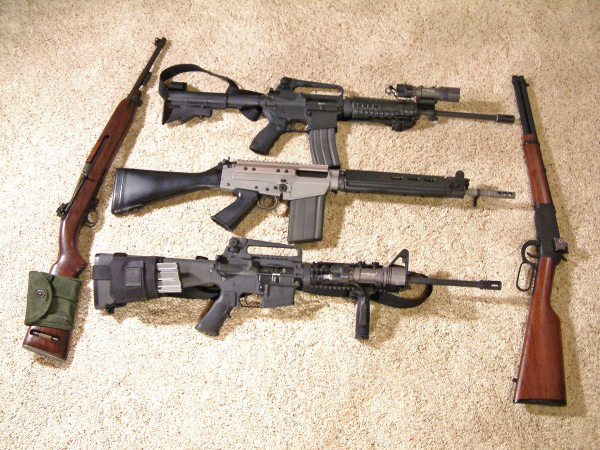
Still, I still collected a little ammo, with the PMC Starfire 150 grain HP and the Federal 125 grain JHP as possibilities. I found most rifles I shot – both Winchester M94 and Marlin M336 lever guns – tended to prefer 170 grain bullets to 150.
There are a number of manufacturers who make 30-30 rifles now. These include Ruger’s Marlin 336, the WinchesterM1894, Henry Repeating Arms and Rossi – with the R95 “Trapper,” among others.
I still have a “Remlin” Marlin M336Y – the so-called “youth model.” With the shorter barrel and shorter length of pull, it’s a better fit for me than the “adult” Model 336.
For a decent amount of power while being handy and accurate, albeit range-limited, the 30-30 is still around because people like the relatively mild recoil for the power output. It’s often put in a slim package – still an attractively portable centerfire rifle option.
One thing – if you have one, buy ammo when you see it. During the last “ammunition drought,” 30-30 was disproportionately hard hit. You don’t need thousands of rounds; find out what your rifle likes, then buy a little each time you find it.
— Rich Grassi